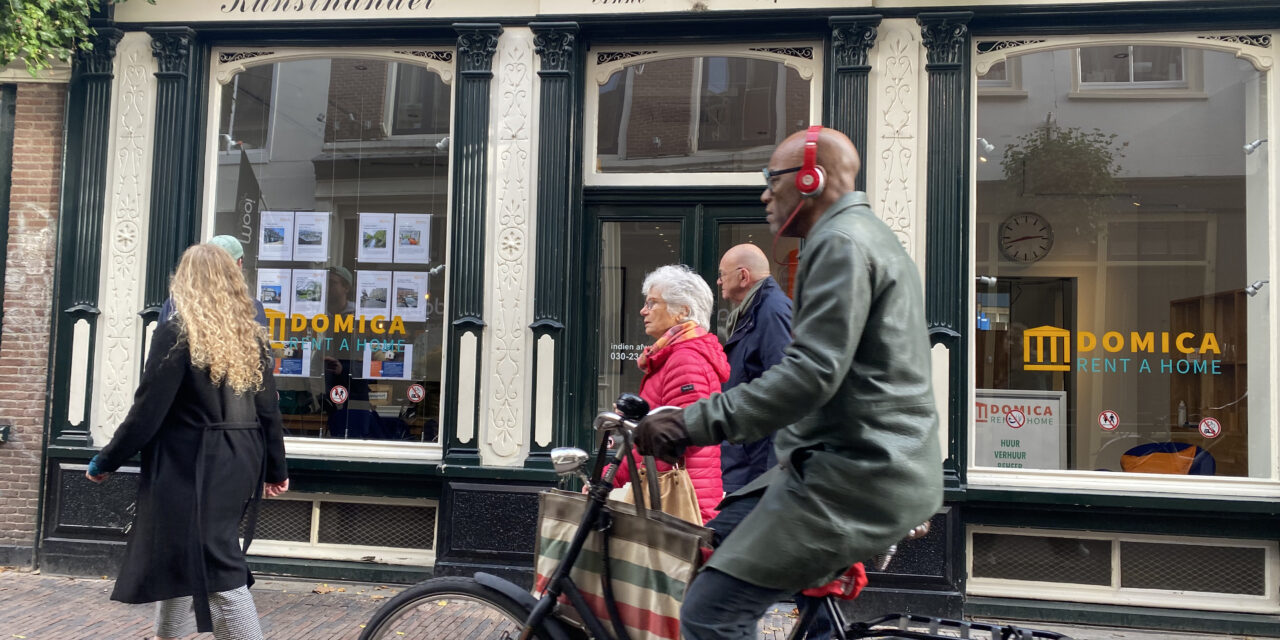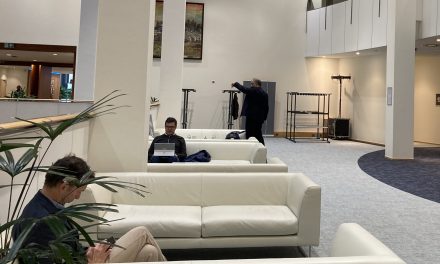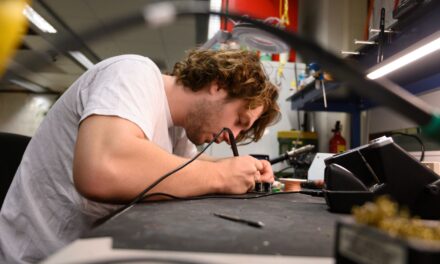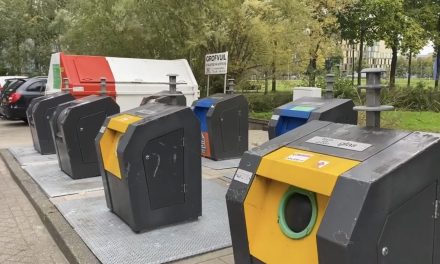There is this triangle of issues that holds each other in a stranglehold: we are facing a continuous population growth, due to this growth there is an enormous housing urgency, and we can’t fix both without acknowledging the urge of solving the climate crisis and the Paris Climate Agreement signed in 2015.
Tim van Hattum, Program Leader in Green Climate Solutions at the Wageningen Environmental Research Center, says that the current Dutch law and regulations will not force project developers to build in a sustainable way. It is not compulsory to comply with the Paris Climate Agreement. Thus, building sustainable is simply too expensive and time consuming.
To comply with the Paris Climate Agreement, CO2 emissions need to be reduced by 3.4 megatons, this will not be achieved by sustainable construction only. To meet the expectations, existing house owners need to improve their houses and reduce their carbon footprint. Newly built houses not only need to be sustainable with zero emissions but need to generate their own energy as well.
Some things need to change, to meet the Paris Climate Agreement which is due in 2030. First of all, the Netherlands need to reduce their emission by 80%. That’s a lot but it is doable. The building sector needs to make a 180 degree turn: energy neutral and climate positive that’s the key. Secondly, the Netherlands need to adjust their newly built houses to the climate change and weather extremes, for that matter they need to adjust the cities by planting trees and building water storages. It is time to answer urgent questions. Where do we need to build, what do we want to build, and how can it be in a sustainable and climate positive way? And last but not least, the Netherlands is facing a huge housing crisis. Why not build smaller houses?
“There is an actual housing shortage, but we also need to keep climate change in mind,’’ mentions Van Hattum, “this is why we need to start building sustainable houses from wood for instance. Wood stores carbon while concrete and cement only emit. As for now not many companies build with wood. Companies only see the negative sides; it’s not easy to build with wood, nor cheap. Unfortunately, that’s why it will take some time to get this transition started.”
Enlarge
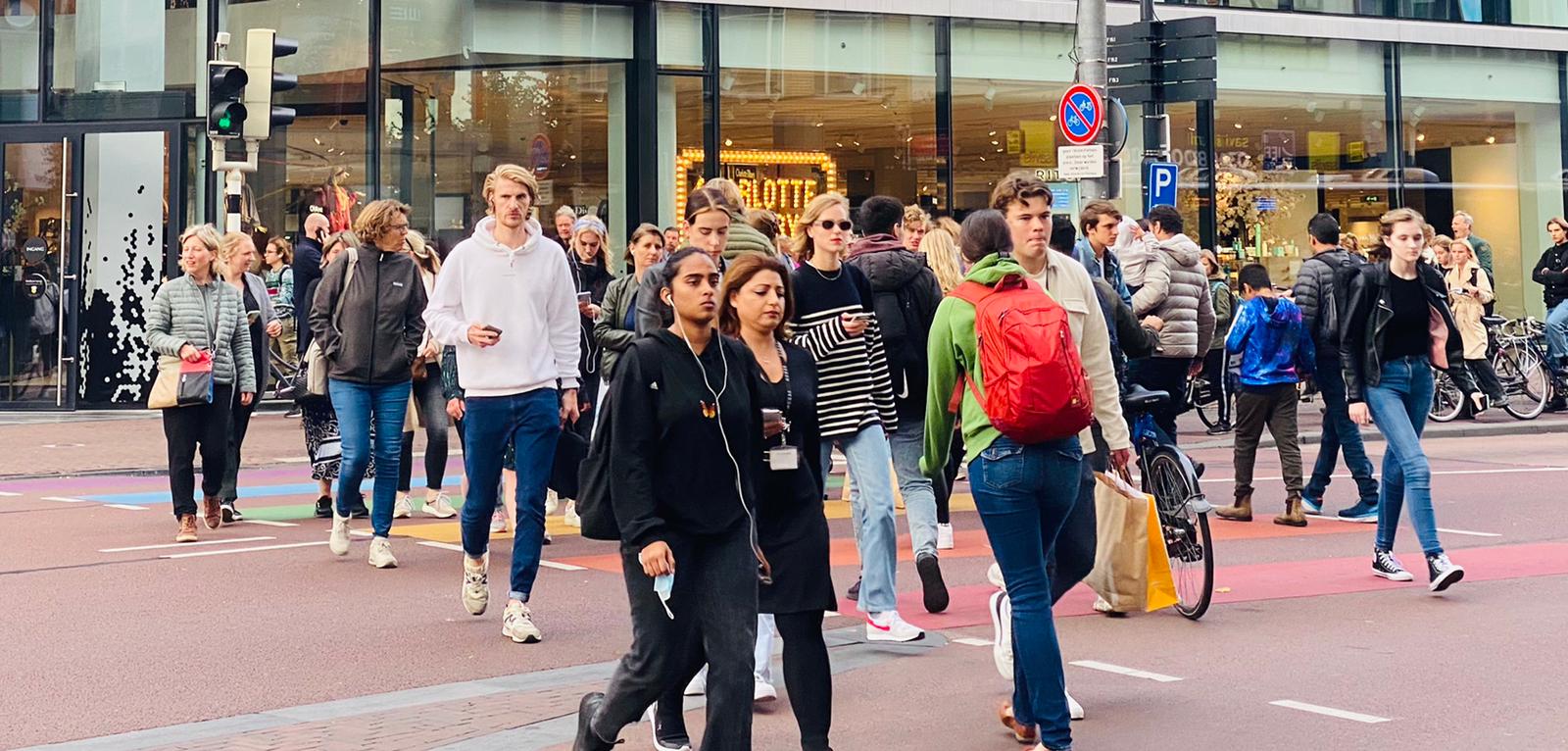
Kim van der Klift
In the next twenty years Utrecht’s population will increase approximately by 28%. Therefore, a sustainable plan for sustainable housing is needed. The local council of Utrecht came with an idea to build 60.000 new residences in the coming twenty years. Erik van der Marel, a counselor for the VVD, one of the council’s parties, believes that to move along with the growing population, Utrecht needs to build those 60.000 houses not mainly in the center, but to broaden the horizon, literally. Polder Rijnenburg, next to Utrecht should be considered as a building site for the new housing because, in their opinion “the polder is nothing more than grassland, nature without value.’’ The future 25.000 houses are supposed to be sustainable with zero emissions.
But there is a problem with the polder, and not one to ignore. Jan Wijmenga, counselor for the ChristenUnie, explains that the polder is one of the lowest points in the Netherlands. As he mentions “Building there, below sea level, is asking for problems in the future.’’
We first need to change law and regulations and make construction in a sustainable way compulsory. And people should be more aware of their own role and should take their responsibility concerning the reducing of their own carbon footprint. Smaller and more sustainable houses could solve a part of the current housing crisis and doing so, we could still meet the Paris Climate Agreement at the same time. So hopefully in the near future there will be one problem less.
